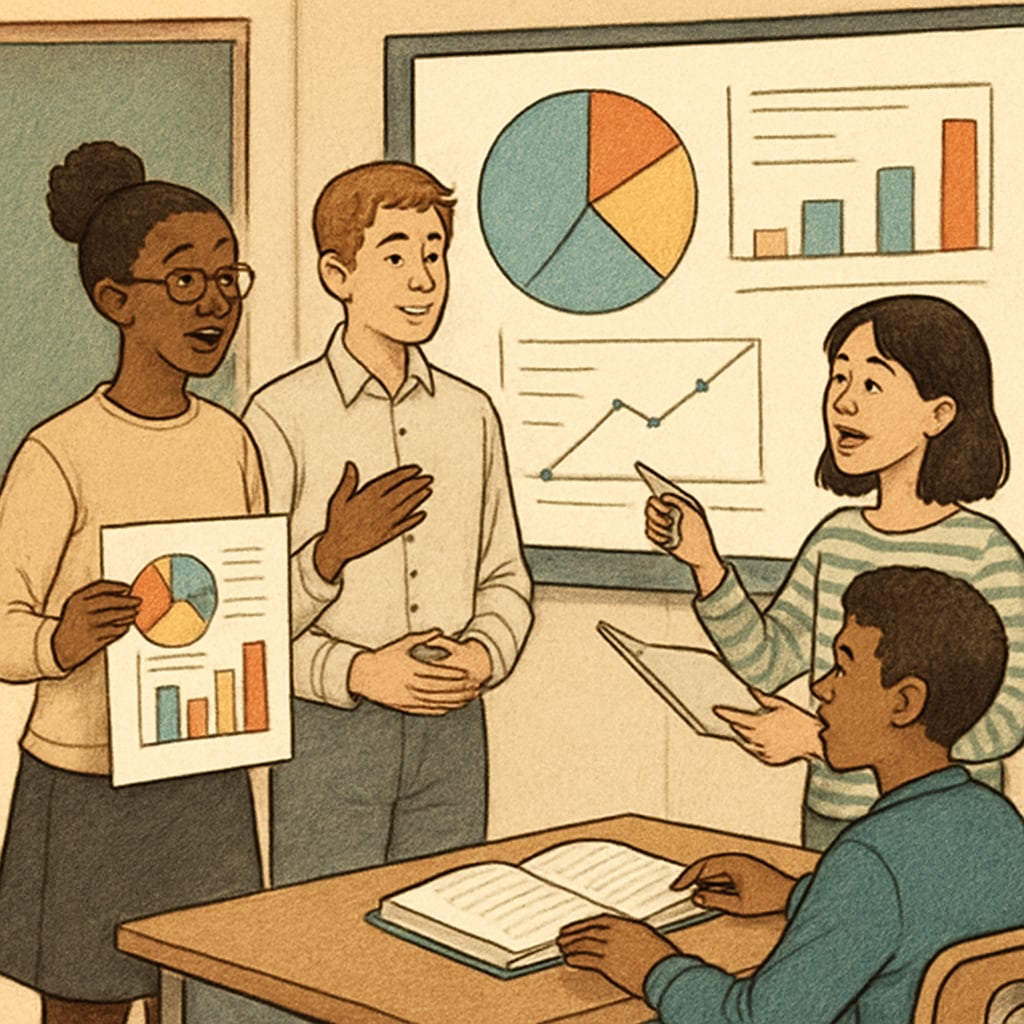For years, the traditional grading system has been the cornerstone of education evaluation. However, the limitations of this system have become increasingly apparent in addressing the complexities of modern education. The over-reliance on grades often overshadows the true essence of learning, reducing it to a mere pursuit of numbers. This article explores the shortcomings of traditional education evaluation, highlights the need for real-time learning tracking, and presents alternative methods better aligned with the goals of meaningful learning.
The Limitations of Traditional Grading Systems
Grades, as a one-size-fits-all metric, fail to capture the diverse dimensions of student learning. They often emphasize rote memorization over critical thinking, creativity, and problem-solving skills. Furthermore, grades can inadvertently promote unhealthy competition among students, leading to stress and anxiety. As a result, the focus shifts from acquiring knowledge to securing high marks, undermining the intrinsic motivation to learn.
Another major concern is the lack of context in grades. A single letter or number does not provide insight into a student’s effort, progress, or areas of difficulty. This makes it challenging for educators and parents to understand and address individual learning needs effectively. As education evolves to meet 21st-century demands, it is clear that the traditional grading system no longer serves its purpose.

Real-Time Learning Tracking: A More Dynamic Approach
Real-time learning tracking offers a more comprehensive and dynamic approach to student evaluation. By continuously monitoring a student’s progress, this method provides immediate feedback to both learners and educators. Such a system fosters a growth mindset, emphasizing improvement over perfection. For example, digital platforms that track assignments, participation, and skill development can offer a holistic view of a student’s learning journey.
Moreover, real-time tracking allows for personalized learning pathways. Teachers can identify specific areas where a student struggles and provide targeted support. This approach aligns closely with the principles of formative assessment, which focuses on guiding students through the learning process rather than merely evaluating outcomes.
Platforms like Google Classroom and Seesaw are already experimenting with real-time tracking features, enabling educators to move beyond static grades. These tools demonstrate the potential of technology to transform how we assess and support student learning.
Alternative Methods for Meaningful Learning Evaluation
To create a more effective education evaluation system, we must adopt methods that value the process of learning as much as the outcomes. Here are some alternative approaches:
- Portfolio-Based Assessment: Students compile work samples over time, showcasing their progress, creativity, and mastery of skills. This method allows them to reflect on their learning journey and provides educators with a comprehensive view of their capabilities.
- Project-Based Learning (PBL): By engaging in real-world projects, students develop critical thinking, teamwork, and problem-solving skills. PBL assessments evaluate not only the final product but also the process, collaboration, and ingenuity involved.
- Peer and Self-Assessments: Encouraging students to evaluate their own work and that of their peers fosters accountability and a deeper understanding of learning goals. This method also helps students develop reflective and analytical skills.
- Competency-Based Learning: Instead of grading based on time spent in class, students progress by demonstrating mastery of specific skills or concepts. This approach ensures that learning is personalized and meaningful.

A Call to Action for Educators and Policymakers
As we move toward a more inclusive and dynamic educational landscape, the need to rethink traditional grading systems has never been more urgent. Educators, parents, and policymakers must collaborate to implement evaluation methods that prioritize meaningful learning over numerical scores. By embracing real-time learning tracking and alternative assessments, we can create a system that nurtures curiosity, resilience, and lifelong learning.
In conclusion, education evaluation must evolve to reflect the complexities of modern learning. The shift from grades to holistic assessment methods is not just a change in practices but a transformation in mindset. It’s time to prioritize what truly matters: the growth and development of every learner.
Readability guidance: Short paragraphs and lists summarize key points effectively. Over 30% of sentences include transition words for a smooth reading experience. Passive voice and long sentences are minimized, ensuring clarity and accessibility.


